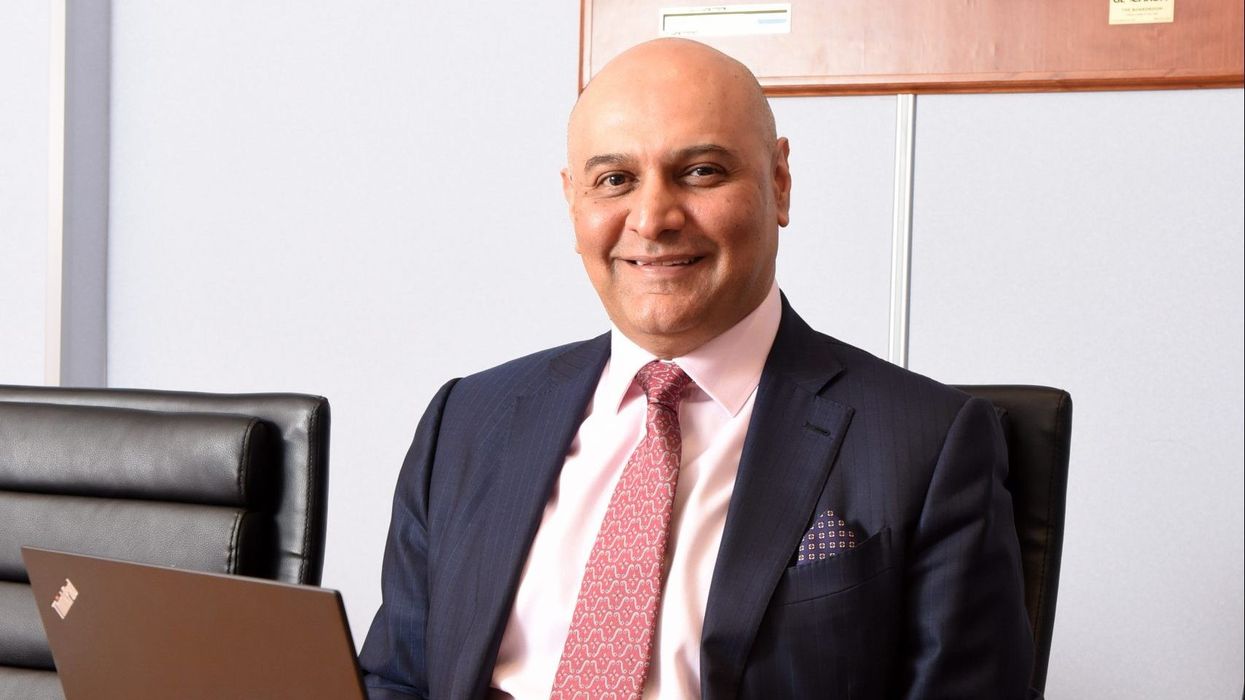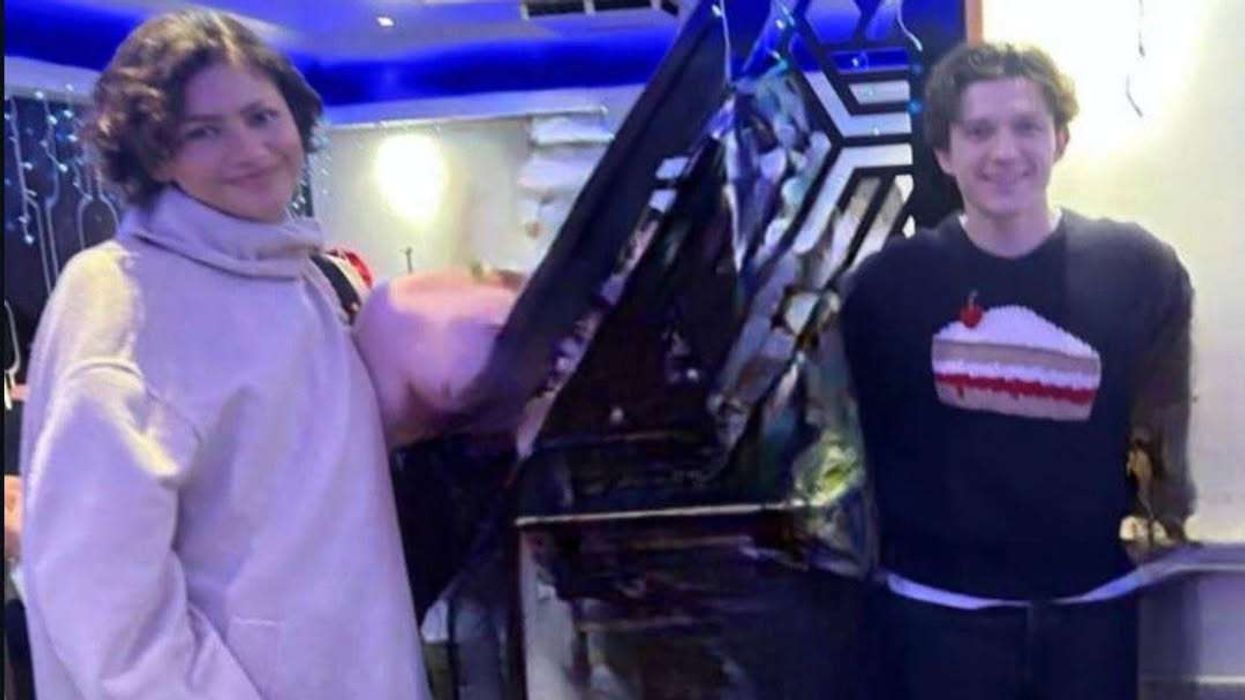By Kamaljit Thandi
Service Head NSPCC HelplinesCHILDREN today live much of their lives online. Social media can be a great way for young people to keep in touch with their friends and family and share memories.
However, there is a darker side to the internet, and for some, it can feel very overwhelming. Young people are able to hide their true feelings behind emojis and filters, and while they may seem happy online, many may be suffering with mental health issues. Some may even be thinking about taking their own lives.
To shine a light on this, the NSPCC has launched its Kids In Real Life campaign, which is urging the public to help save children’s lives. It is vital that our over-the-phone and online service Childline has enough resources to ensure that it can be there for every young person who reaches out to the service in their darkest hour.
In 2018-2019, Childline delivered 24,446 counselling sessions to young people struggling with suicidal thoughts and feelings, a four-year increase of a quarter (25 per cent). Most of those reaching out were teenagers, but there has also been a sharp rise in under-11s receiving help (an 87 per cent increase since 2015-2016.).
Childline’s base in central London delivered 3,638 of the counselling sessions.
Some of the specific concerns that young people spoke to the NSPCC-run service about included topics such as mental health, self-harm, family relationships and problems at school and college.
Girls were also more likely to talk about these feelings, with five times as many girls receiving counselling sessions as boys.
Hollie, 22, from Dartford, suffered from chronic anxiety as a teenager which led her to try and take her own life. She said that she was saved by Childline’s counsellors:
“Following a suicide attempt, I contacted Childline and spoke to a counsellor about how I was feeling. It was that conversation that stopped me from trying to take my life again when I got off the phone,” she revealed.
“Over the next couple of years, I stopped talking, walking, eating and taking care of myself. There were also more stays in hospital. Yet despite not talking to anyone, I would often call Childline and chat to a counsellor when I was feeling low. The service was my lifeline during my darkest hours.”
If you are concerned that a young person whom you know may be feeling suicidal, there are some signs that you can look out for. These may include a young person seeming withdrawn, stopping taking part in things they enjoy, or not looking after themselves. There is a possibility they also may start taking drugs or drinking alcohol.
Speaking out about suicidal thoughts and feelings can be overwhelming and may induce anxiety for some young people. Others may not know who they can turn to. Therefore, it is important to reassure young people if they are struggling with their mental health, that they are not on their own and that they can speak to a trusted adult about anything that may worrying or upsetting them. A trusted adult can be a parent or guardian, doctor, teacher or a Childline counsellor.
When talking to a young person about their feelings, it is good to make sure you have this conversation somewhere quiet, where you won’t be disturbed. This means they won’t feel rushed or worry about interrupted.
For some young people, it may be hard for them to speak to an adult about their feelings face-toface. If this is the case, they could write a letter or express what they are going through in a drawing or piece of art instead.
It is vital to make sure young people are aware that if they are struggling, support and help is available to them and that they are not alone.
Telling someone about suicidal thoughts and feelings can help children feel better. Just knowing they are supported can make them feel less alone and their emotions more manageable.
No child should ever feel like ending their life is their only option.
Any young person can call Childline confidentially on 0800 1111 or contact childline.org.uk to chat with a counsellor using emails or message boards. No matter what time of day it is or what the call is about, Childline counsellors are always available to speak to children.
Visit www.nspcc.org.uk/what-we-do/campaigns/ kids-in-real-life/ for more information.












NSPCC launches campaign to help save young people’s lives